Bart van Merrienboer
Overcoming the Curse of Sentence Length for Neural Machine Translation using Automatic Segmentation
Oct 07, 2014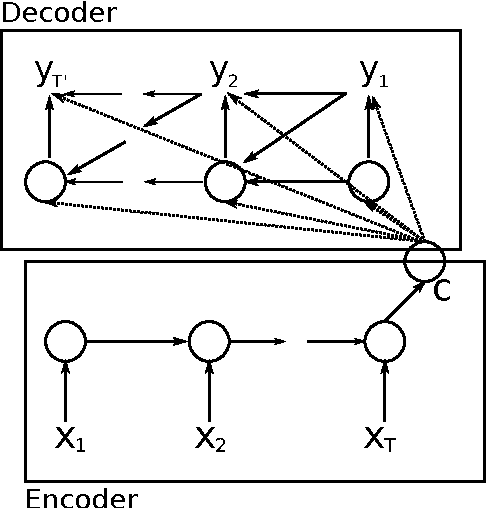
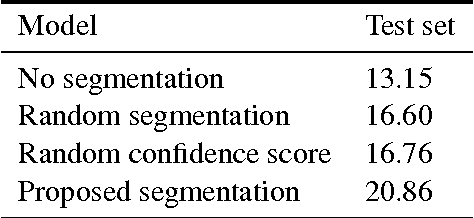

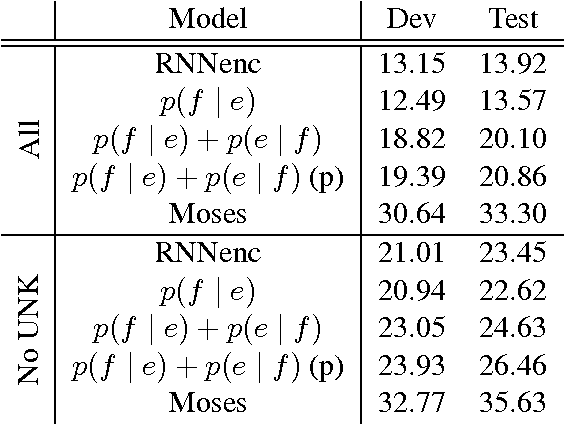
Abstract:The authors of (Cho et al., 2014a) have shown that the recently introduced neural network translation systems suffer from a significant drop in translation quality when translating long sentences, unlike existing phrase-based translation systems. In this paper, we propose a way to address this issue by automatically segmenting an input sentence into phrases that can be easily translated by the neural network translation model. Once each segment has been independently translated by the neural machine translation model, the translated clauses are concatenated to form a final translation. Empirical results show a significant improvement in translation quality for long sentences.
On the Properties of Neural Machine Translation: Encoder-Decoder Approaches
Oct 07, 2014


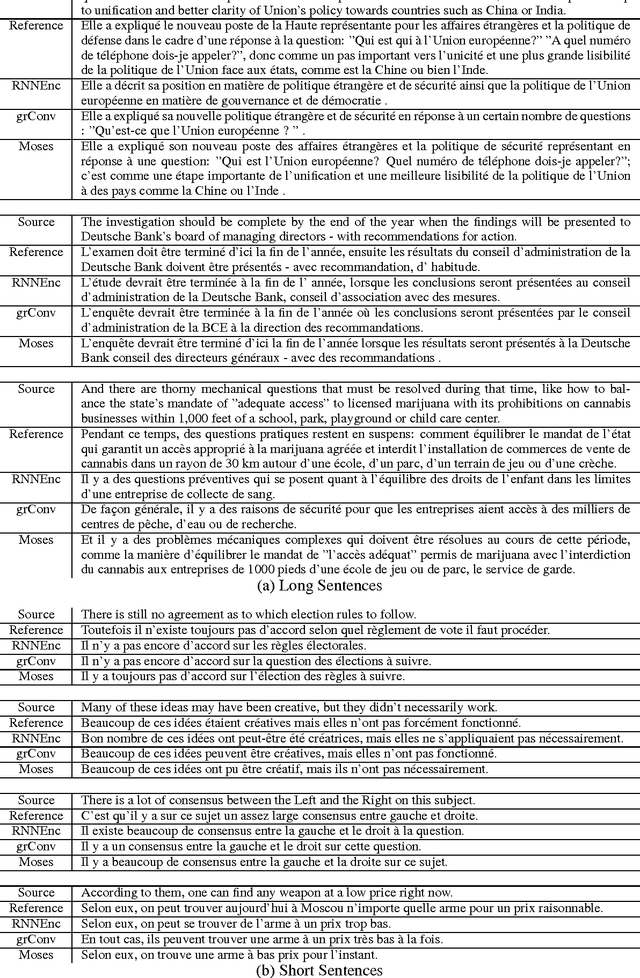
Abstract:Neural machine translation is a relatively new approach to statistical machine translation based purely on neural networks. The neural machine translation models often consist of an encoder and a decoder. The encoder extracts a fixed-length representation from a variable-length input sentence, and the decoder generates a correct translation from this representation. In this paper, we focus on analyzing the properties of the neural machine translation using two models; RNN Encoder--Decoder and a newly proposed gated recursive convolutional neural network. We show that the neural machine translation performs relatively well on short sentences without unknown words, but its performance degrades rapidly as the length of the sentence and the number of unknown words increase. Furthermore, we find that the proposed gated recursive convolutional network learns a grammatical structure of a sentence automatically.
Learning Phrase Representations using RNN Encoder-Decoder for Statistical Machine Translation
Sep 03, 2014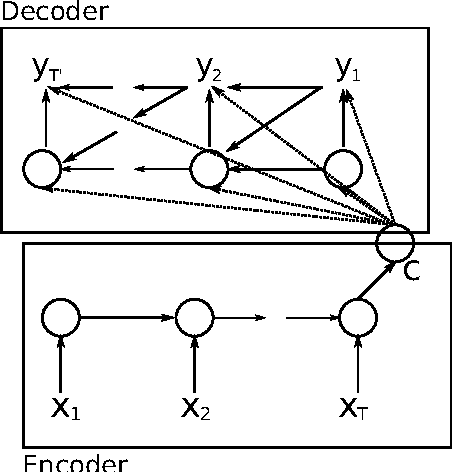
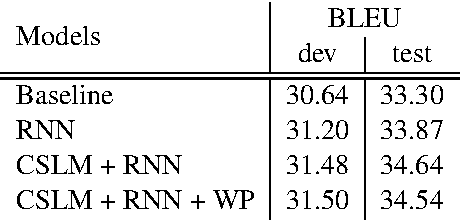
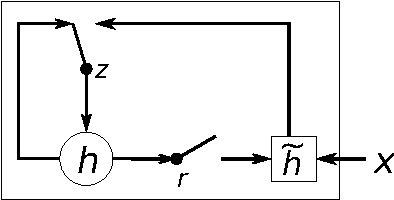
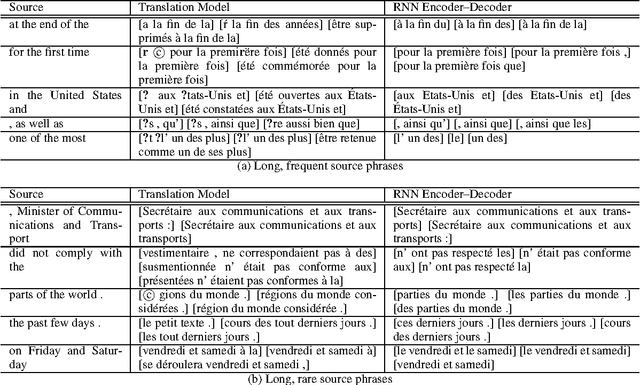
Abstract:In this paper, we propose a novel neural network model called RNN Encoder-Decoder that consists of two recurrent neural networks (RNN). One RNN encodes a sequence of symbols into a fixed-length vector representation, and the other decodes the representation into another sequence of symbols. The encoder and decoder of the proposed model are jointly trained to maximize the conditional probability of a target sequence given a source sequence. The performance of a statistical machine translation system is empirically found to improve by using the conditional probabilities of phrase pairs computed by the RNN Encoder-Decoder as an additional feature in the existing log-linear model. Qualitatively, we show that the proposed model learns a semantically and syntactically meaningful representation of linguistic phrases.
 Add to Chrome
Add to Chrome Add to Firefox
Add to Firefox Add to Edge
Add to Edge